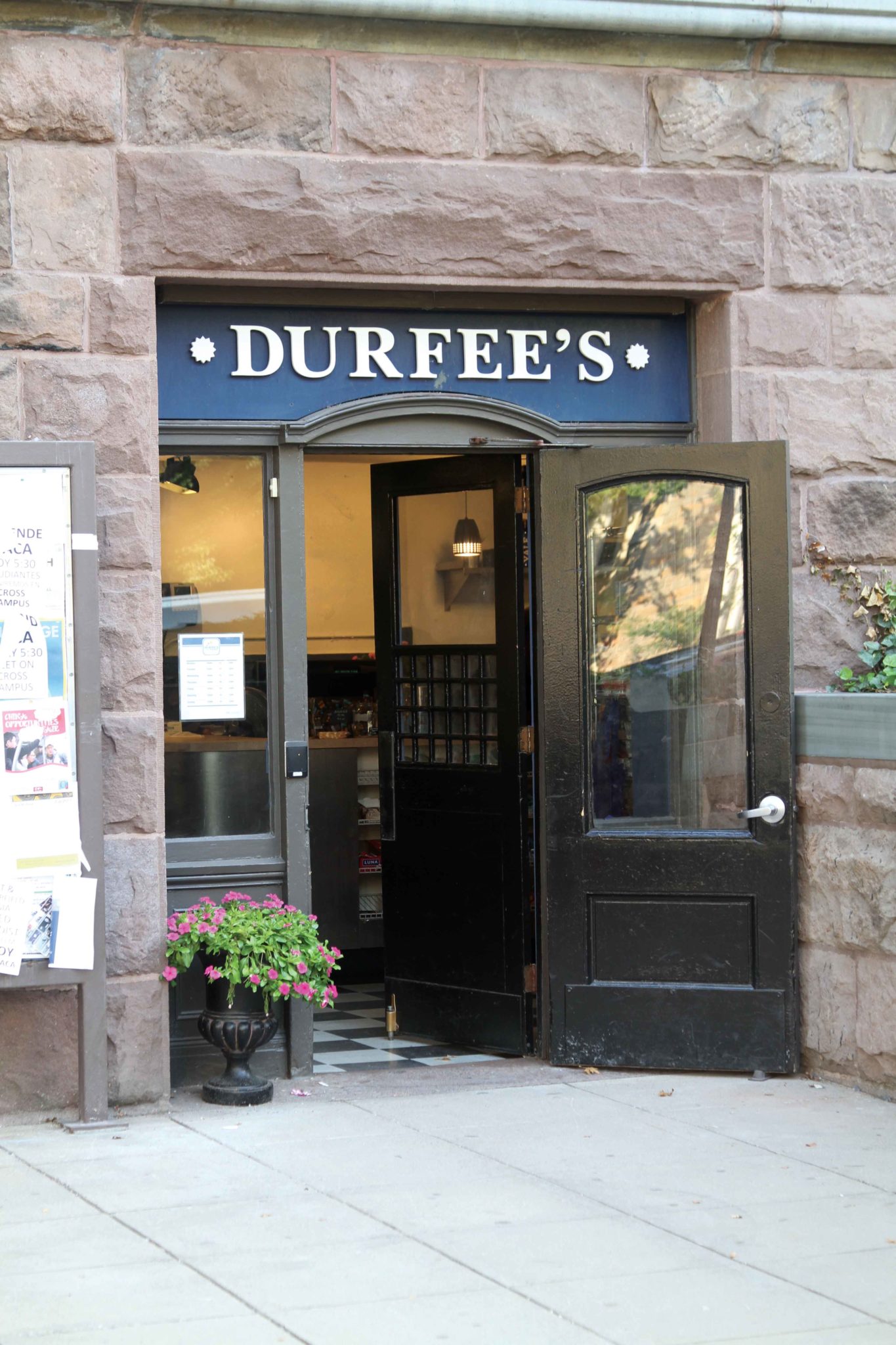
New dining options — including ramen bars, pizza ovens and Mediterranean appetizers, or “mezze” — have popped up in select locations this fall. But colleges are facing a looming problem: What to do about the crowds ravenous for the new fare?
Senior Director of Yale Dining Adam Millman told the News that although it is still too early to make specific predictions, “it is safe to assume all dining halls will have increased lunch participation” with Commons no longer operational. With Yale boasting its largest undergraduate enrollment, many students have noticed that Berkeley, Silliman, Benjamin Franklin and Pauli Murray Colleges are bearing much of the overflow.
Commons was a frequent lunch destination for students coming out of classes on Science Hill, and many students predicted its closure on Aug. 14 would cause some crowding in the new college dining halls as well as in Silliman, which is just across the street from Commons. But it seems that Berkeley — which underwent a renovation over the summer — has shouldered a great deal of the dining traffic this year.
On Tuesday, the Berkeley dining hall staff, in an effort to prevent overcrowding, began asking students in line for the dining hall to wait several minutes before entering. The sudden spike of diners from other colleges has come as a worrisome surprise, and might even warrant restrictions on non-Berkeley transfers similar to regulations already in place at Morse and Ezra Stiles.
“Time restrictions on transfers are certainly precedented, but it’s best not to make them unilaterally, as they have inevitable downstream effects on all the other colleges,” said Berkeley Head David Evans. “I’m watching our usage statistics very closely, and if necessary will bring up the issue with the other heads of college after the semester begins to settle into a more regular routine.”
Berkeley’s resurgent popularity occurred as the college renovated its cooking facilities and is now providing additional food options. Charles Kenney ’19, a student in Berkeley, said that as a vegan he has enjoyed the “Beyond Burgers” first offered last year, and now also enjoys Berkeley’s new mezze bar. And Annie Rosenthal ’20 maintained that Berkeley’s pizza beats out the slices made in Morse and Ezra Stiles’ famous pizza oven.
The new colleges, however, also feature a host of new dining options. Benjamin Franklin and Pauli Murray dining halls allow students to create their own ramen bowls, with a choice of broth, protein, noodle and soy egg, bibimbap, fried egg and spicy gochujang sauce and various curries served on basmati rice.
Neil Goodman ’20 said that while he has avoided Berkeley so far because of the crowds, his classes in Davies Auditorium and Rosenkranz Hall make the trip to Benjamin Franklin for lunch convenient. He added that although many people eat at the new colleges, the “one meal per station” system allows for multiple smaller lines to form for specific food options instead of one large line.
“Our vision for Franklin, Murray and Berkeley is to excite, engage and educate our guests about the story behind the food,” said Chase Sobelman, managing director of Pauli Murray and Benjamin Franklin dining halls. “Freshly made food from exceptional high quality and sustainably-sourced ingredients by professional staff in an engaged process with students and guests is among the key design objectives for Yale Dining. Student response has been amazing: Simply said, they love it.”
Tina Lu, head of Pauli Murray, said that she has sensed a great deal of excitement and satisfaction over the dining hall, both because of the good food and the kindness of their dining hall staff. Francesco Scarpetta ’21, a first year in Benjamin Franklin, and Andreas Ravichandran ’19, a junior in Franklin, both said they have enjoyed the extra food options, such as the ramen bar.
For those who are not willing to walk up Prospect Street, the closest option is not necessarily the most convenient. Alexi Christakis ’20, who said he eats fairly frequently in Silliman, said that it seems like the crowds have become worse at Silliman this year. For some students in Silliman, however, the lines at their own dining hall still seem favorable to the new colleges.
“For Ben Franklin, you can be standing in line 10 ten minutes,” said Braden Cody ’21, a first year in Silliman. “At Silliman, I’d say you’re only standing in line for three minutes, but today is probably the most crowded I’ve seen it for the week I’ve been here.”
Millman noted that Yale Hospitality has developed an initiative titled “YouDecide” specifically geared to help students during the Schwarzman Center’s three-year construction timeline by advising undergraduates on where there is capacity to eat.
Dining halls are not the only dining venues that have changed: Durfees now offers $9 student swipes instead of $8.
Britton O’Daly | britton.odaly@yale.edu







